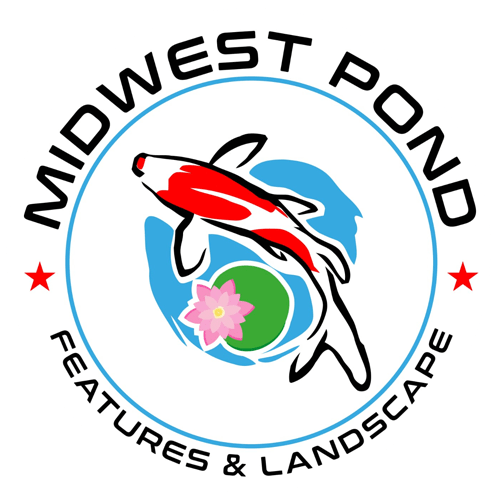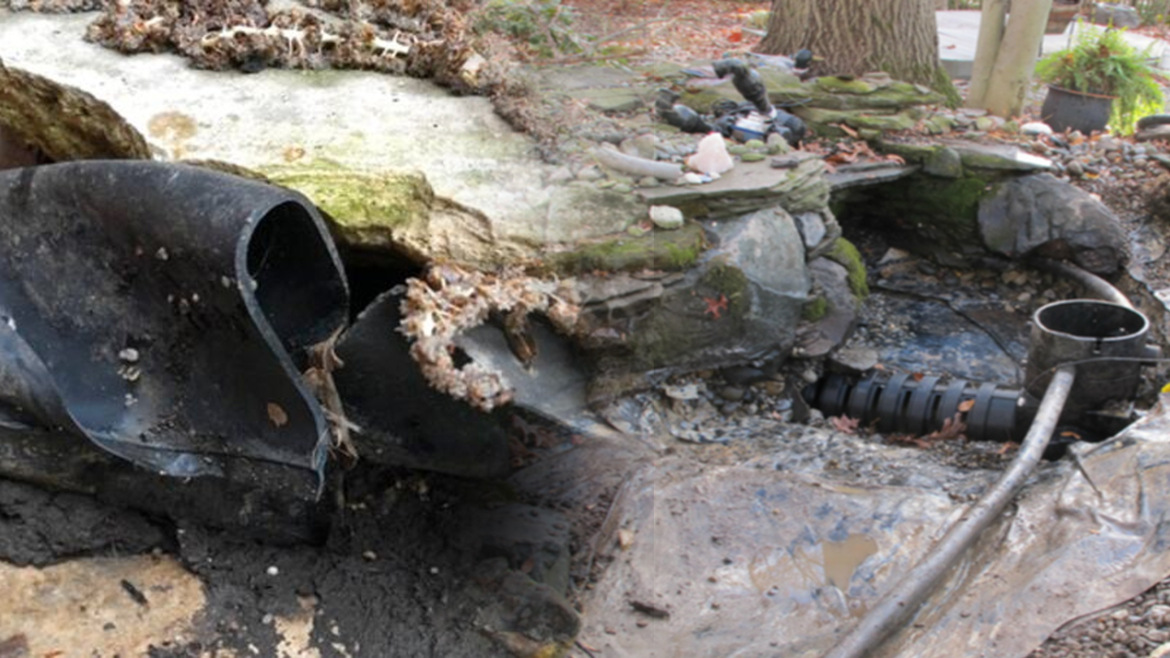Maintaining a serene pond that thrives with aquatic life requires precise care and attention. Among the various aspects of pond maintenance, addressing pond liner leaks is a critical task that demands prompt action.
In this comprehensive blog, we will delve into the complexities of pond liner repairs, focusing on identification techniques and effective fixes to ensure the longevity of the aquatic haven.
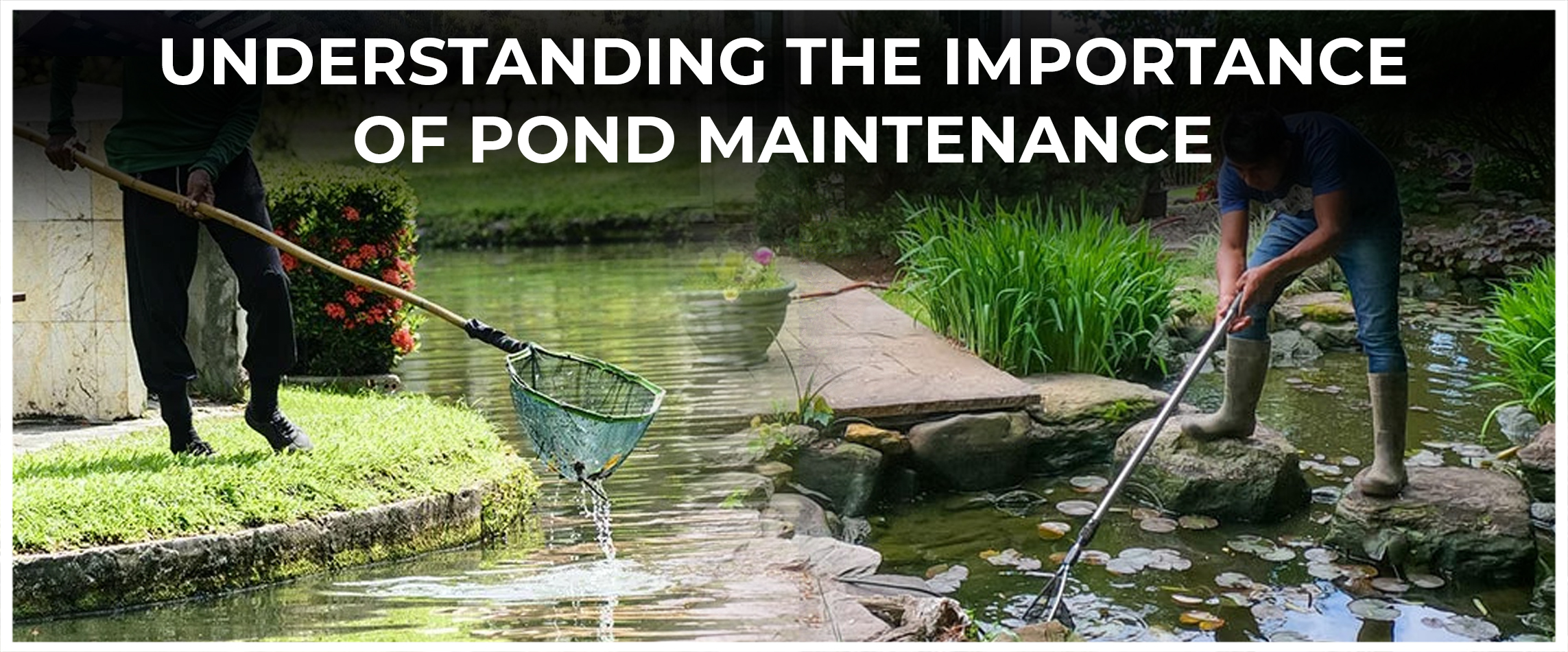
Understanding the Importance of Pond Maintenance
Pond maintenance encompasses a spectrum of activities, from algae control and water quality management to the well-being of fish and the proper functioning of pond equipment. These aspects must be revised to avoid issues, with pond liner leaks being a common culprit.
To embark on effective pond care, it is essential to understand the interconnectedness of various elements, such as pond plants, aeration, and filtration systems.
Identifying Pond Liner Repairs Leaks
Detecting a leak in the pond liner is the first step toward resolving the issue. Water testing becomes an invaluable tool in this process. Regular checks for pond water quality fluctuations can help pinpoint potential leak locations.
Unexplained drop in water levels or the presence of algae patches can also indicate underlying liner problems. Employing UV clarifiers and pond filters can aid in maintaining optimal water conditions and preventing leaks.
Seasonal Pond Care and Winterization
Implementing seasonal pond care practices is instrumental in preventing liner issues. Pond winterization is particularly crucial, as freezing temperatures can head to the contraction and expansion of pond water, potentially causing damage to the liner.
Regular pond cleaning, proper insulation, and the use of reliable pond pumps contribute to safeguarding the liner during the colder months.
Sustainable Approaches to Pond Care
As environmental consciousness grows, adopting eco-friendly pond maintenance practices is becoming increasingly important. Integrating wildlife-friendly elements into the pond design enhances its aesthetic appeal and fosters a balanced ecosystem.
Implementing natural algae treatment methods and promoting biodiversity contribute to the pond’s overall health while minimizing the need for extensive repairs.
Advanced Leak Detection
In the quest for mastering pond liner repairs, advanced techniques for leak detection can be invaluable. Utilizing underwater dye tests involves introducing non-toxic dye into the pond, observing the flow patterns, and identifying points where the dye exits.
Thermal imaging is another advanced method that efficiently detects subtle temperature variations caused by leaking water.
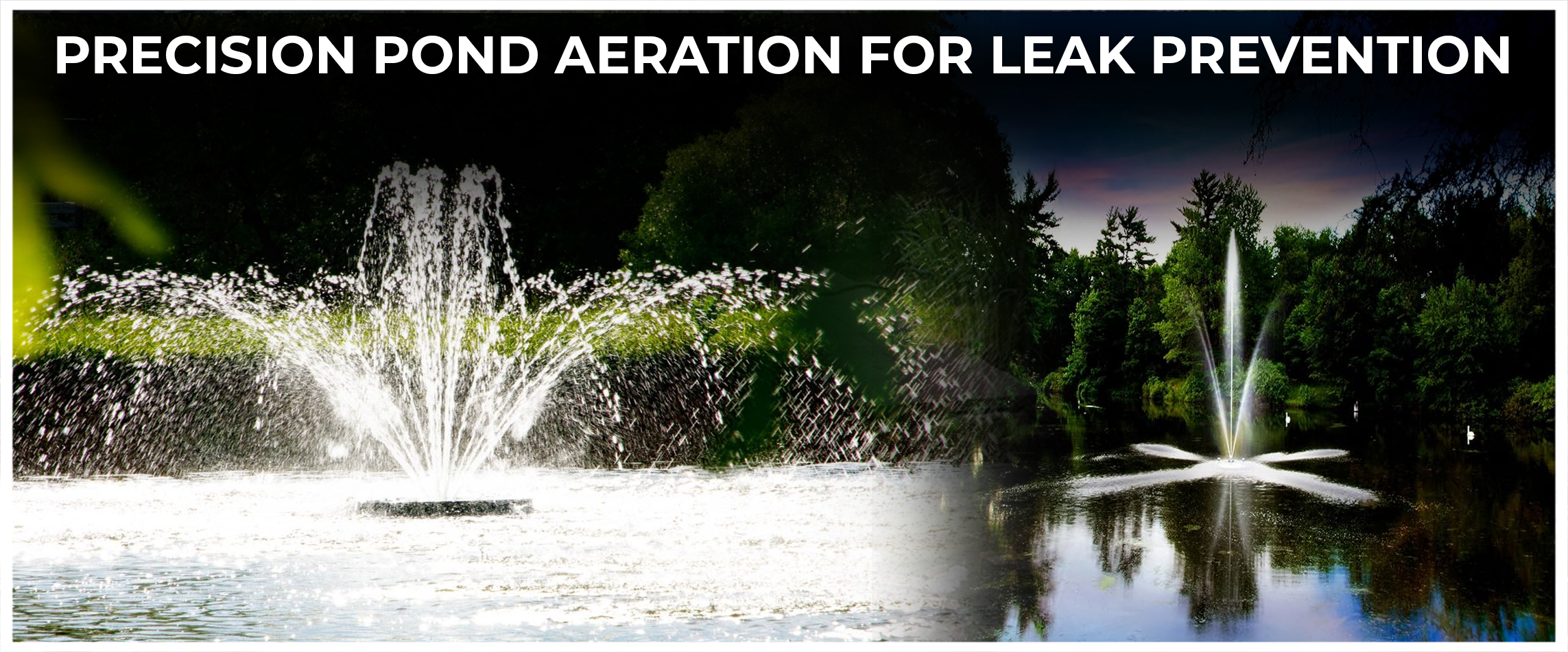
Precision Pond Aeration for Leak Prevention
Pond aeration plays a pivotal role in preventing potential leaks. For pond leak repair, a well-aerated pond maintains consistent oxygen levels, promoting the fish’s health and avoiding the buildup of harmful gasses.
Additionally, the circulation created by aeration helps distribute beneficial bacteria that break down organic matter, reducing the risk of liner-damaging debris.
Innovative Pond Equipment for Leak Prevention
Investing in innovative pond equipment enhances the overall efficiency of leak prevention. Consider incorporating smart pond pumps that adjust flow rates based on real-time conditions, optimizing water circulation.
UV clarifiers with advanced sensor technology can target algae more effectively, minimizing the risk of liner damage caused by excessive algae growth.
Proactive Pond Liner Protection
Beyond reactive repairs, adopting a proactive approach to pond liner protection is essential. Implementing rock and gravel substrate around the pond’s edges adds an extra defense against potential punctures.
Careful placement of pond plants enhances the aesthetic appeal and provides natural shading, reducing the impact of UV rays that can degrade the liner over time.
Strategic Pond Planting for Liner Health
Selecting and strategically placing pond plants can contribute significantly to the health of the liner. Floating plants, like water lilies, provide shade and absorb excess nutrients, preventing algae overgrowth.
Marginal plants along the pond’s edges offer additional filtration and stabilization, reducing the risk of erosion that could compromise the liner’s integrity.
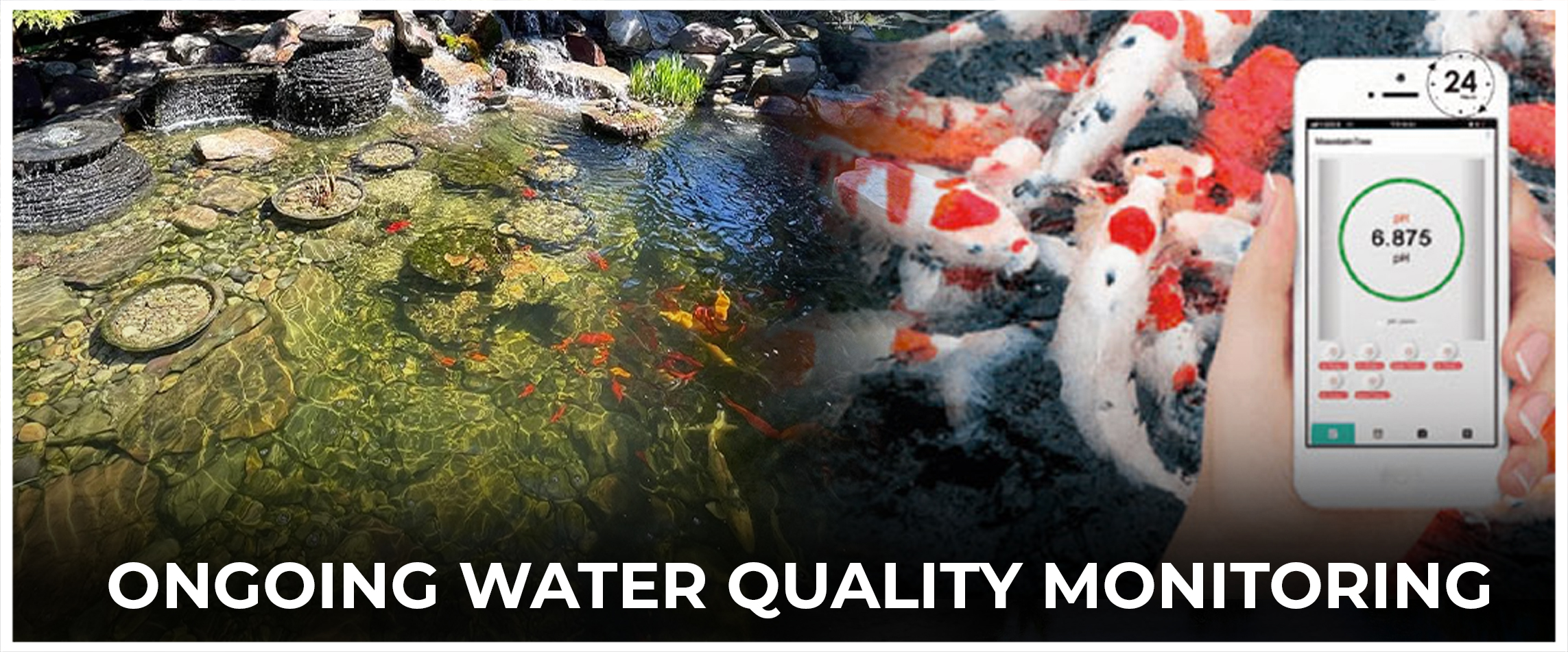
Ongoing Water Quality Monitoring
Maintaining optimal water quality is an ongoing commitment. Even in the absence of apparent issues, regular water testing allows for the early detection of imbalances that could lead to liner damage.
Keeping a close eye on pH levels, ammonia, and nitrate concentrations provides valuable insights into the overall health of the pond and aids in preventing potential leaks.
Strategic Use of UV Clarifiers for Algae Control
In algae control, UV clarifiers stand out as powerful tools. These devices use ultraviolet light to eliminate algae cells, preventing excessive growth that can compromise the pond liner.
When strategically integrated into the filtration system, UV clarifiers provide an additional layer of protection, ensuring that the water remains clear and accessible from harmful algae blooms.
Pond Pump Optimization for Efficient Water Circulation
Pond pumps are the heartbeat of any pond circulation system. Optimizing their performance involves selecting the correct pump size for the pond’s volume and head height.
Proper pump maintenance, including regular cleaning and inspection, ensures efficient water circulation, reducing the risk of stagnation that can lead to liner issues. Consider energy-efficient pumps for a sustainable and cost-effective approach to pond care.
Integrating UV Clarifiers with Pond Pumps
Synergizing UV clarifiers with pond pumps enhances their effectiveness in preventing liner damage. By ensuring that the water passes through the UV clarifier before reaching the pond, you maximize algae exposure to the sterilizing UV light.
This dual-action approach not only maintains water clarity but also minimizes the nutrient load, contributing to the overall health of the pond and its liner.
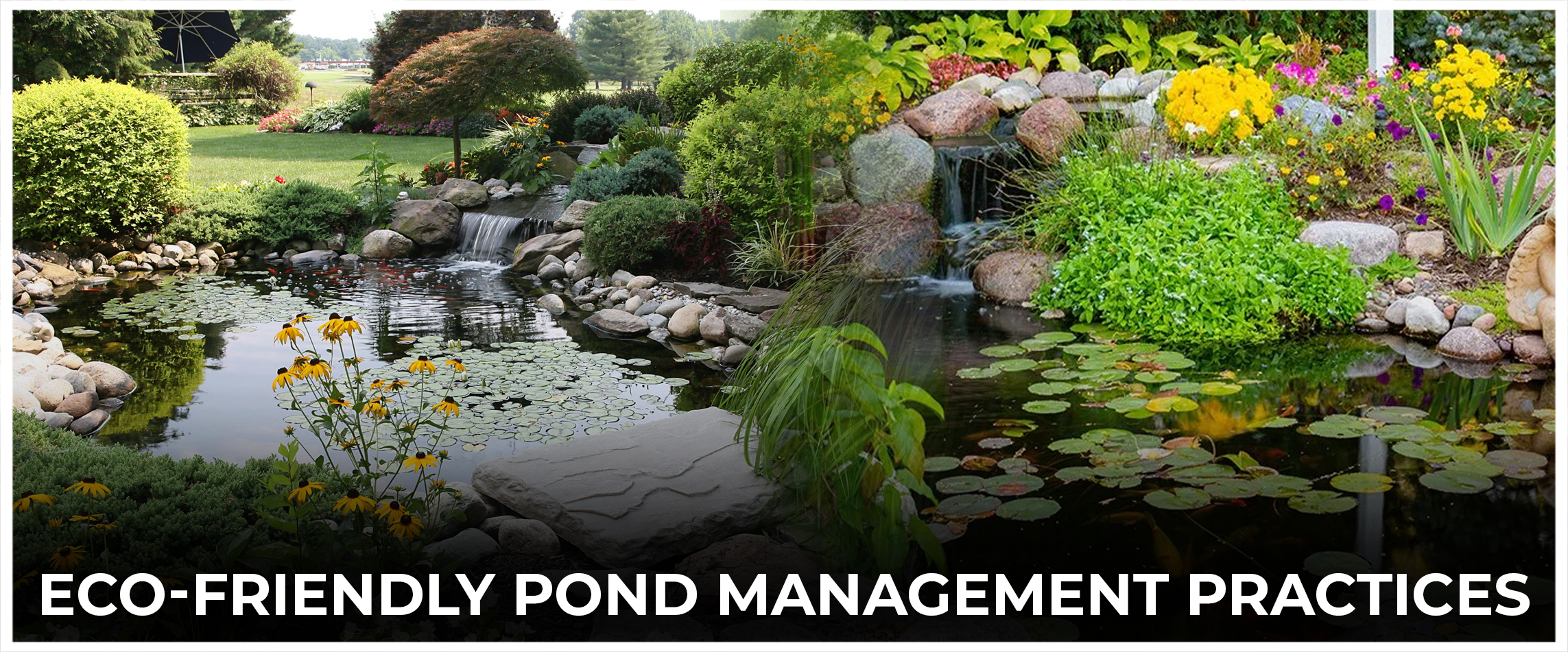
Eco-Friendly Pond Management Practices
The shift towards eco-friendly pond management practices aligns with the growing awareness of environmental sustainability.
Choosing natural alternatives for algae treatment, such as barley straw or beneficial bacteria supplements, reduces the reliance on chemical solutions that may harm the pond ecosystem.
This eco-conscious approach promotes a harmonious balance within the pond, reducing the likelihood of liner damage.
Combating Algae Growth with Pond Plants
Harnessing the power of pond plants extends beyond aesthetic enhancement. Submerged and marginal plants play a crucial role in competing with algae for nutrients, limiting their growth.
Creating a balanced ecosystem with various pond plants establishes a natural defense mechanism, lessening the burden on the pond liner and contributing to overall pond health.
Pond Liner Repair Techniques
When faced with a leak, swift and effective action is crucial. Pond liner repair involves a combination of careful examination and precise fixes. Inspect the liner for visible punctures, tears, or weak points.
Eco-friendly pond repair kits, designed explicitly for patching liners, can be employed for minor damages. Professional assistance may be necessary for more significant breaches to ensure a thorough and lasting solution.
Ready to elevate the pond’s health? Contact Midwest Pond Features and Landscape today for expert assistance in pond liner repairs and comprehensive maintenance solutions!
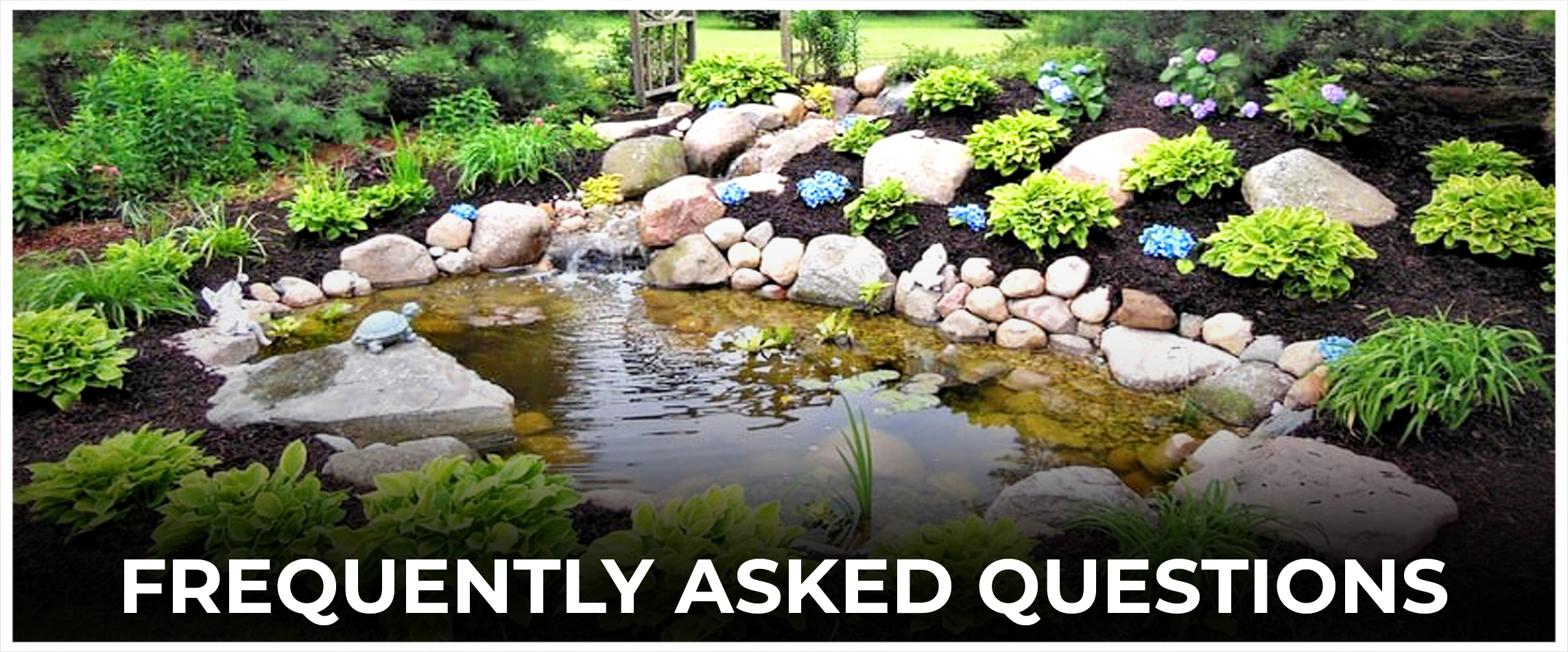
Frequently Asked Questions (FAQs)
How can I identify a leak in my pond liner?
Identifying a leak involves keen observation and regular monitoring. Watch for unexplained drops in water levels, algae patches, or wet spots around the pond.
Conducting a water dye test or thermal imaging can help pinpoint the leak’s location. Additionally, monitor changes in water quality through routine testing to catch potential issues early.
Is pond liner repair a DIY task, or should I seek professional assistance?
DIY pond liner repair using eco-friendly kits for minor damages is feasible. Moreover, seeking professional assistance is recommended for more significant breaches or if you need clarification on the extent of the damage.
Certified pond technicians can conduct thorough inspections, employ advanced leak detection methods, and provide lasting solutions tailored to the pond’s needs. Prompt and accurate repairs can save time and resources in the long run.
Wrapping it Up
Mastering the art of pond liner repairs is a pivotal skill for any pond enthusiast. By understanding the intricacies of pond maintenance, implementing proactive measures, and adopting eco-friendly practices, you can ensure the longevity and vitality of the pond.
Regular inspections, seasonal care, and the use of advanced equipment are critical components of a comprehensive approach to pond care.
With this guide, you are equipped to tackle pond liner issues effectively, preserving the beauty and functionality of the aquatic sanctuary.
